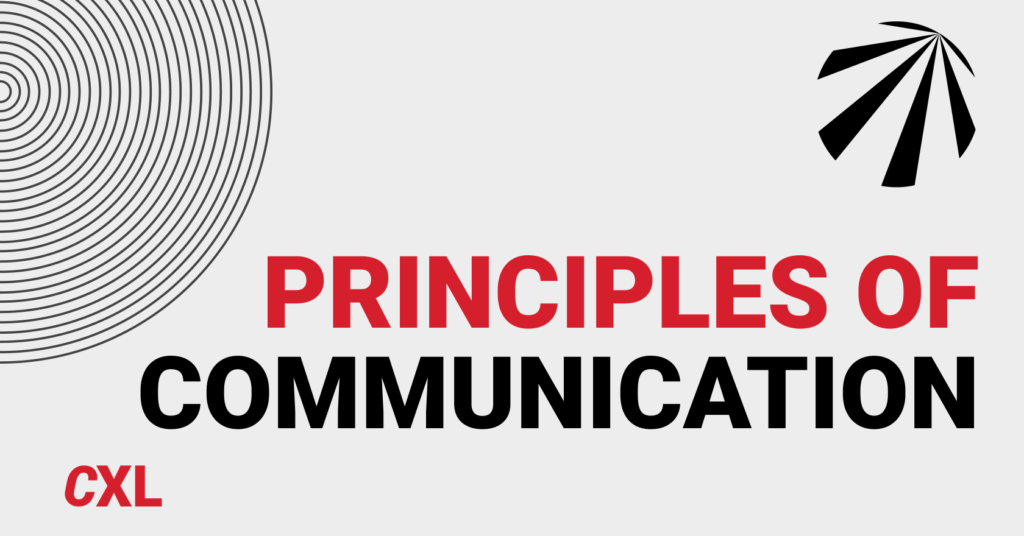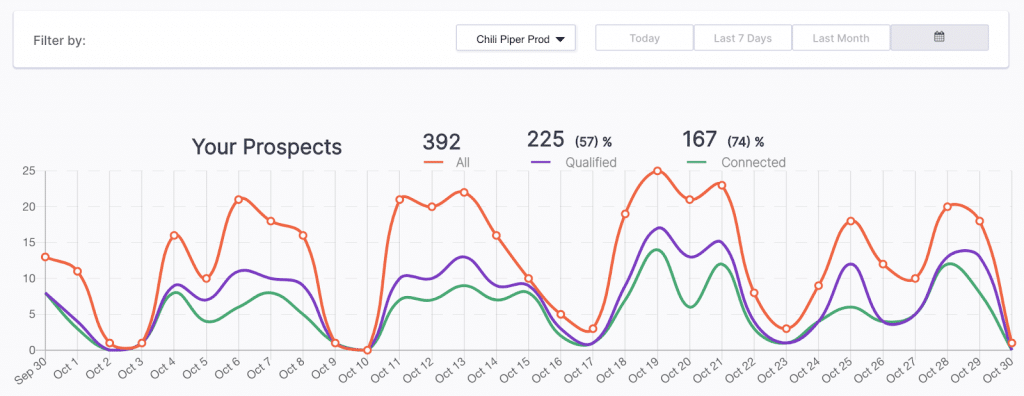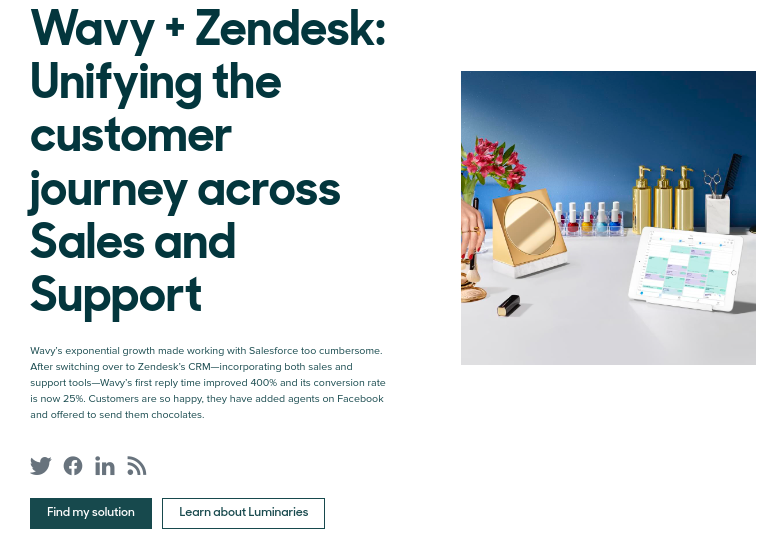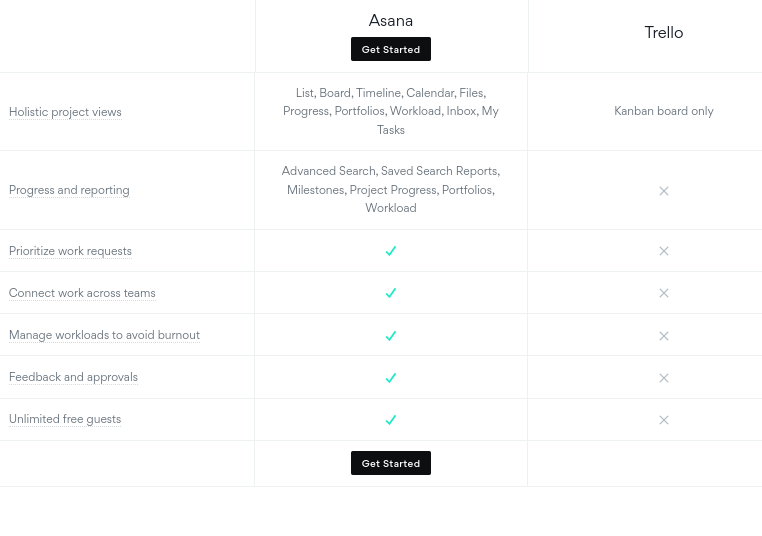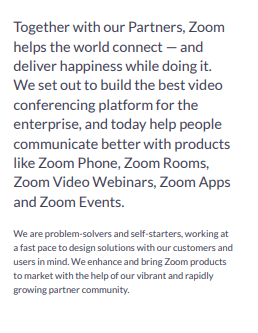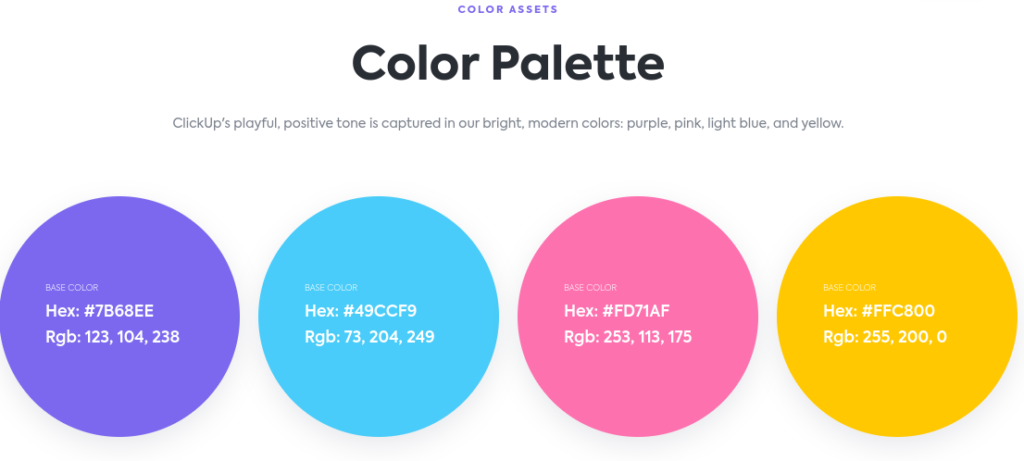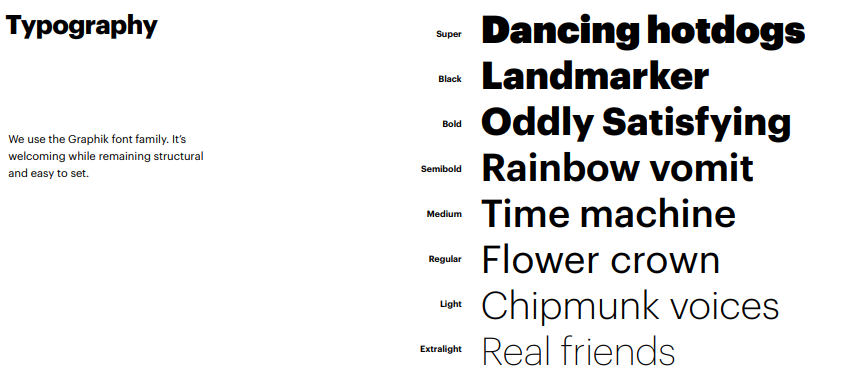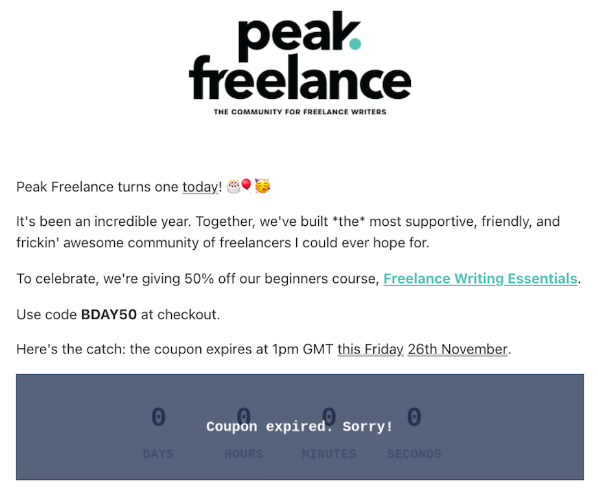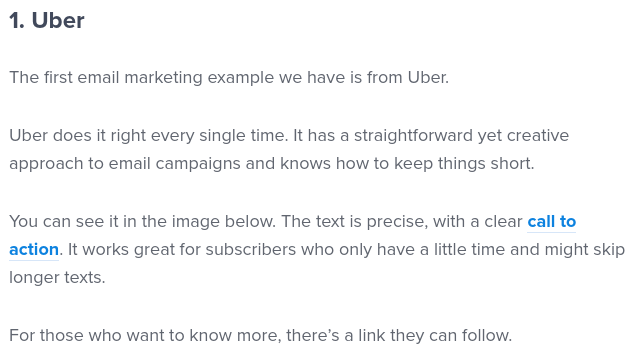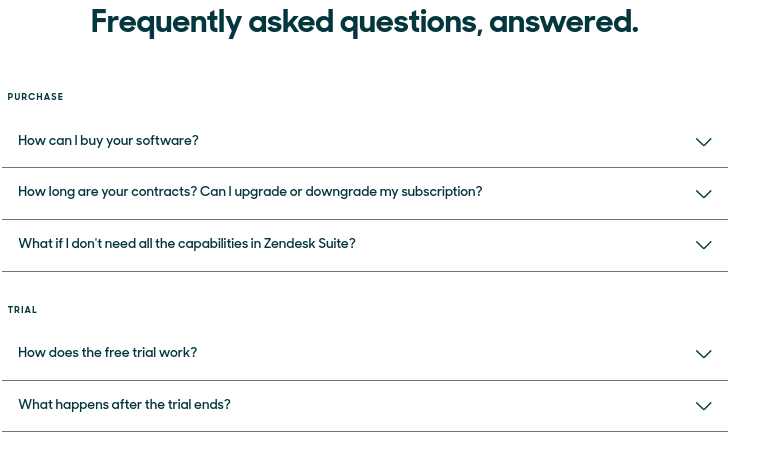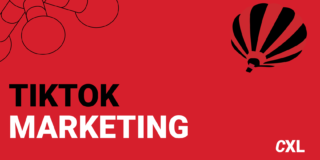76% of customers would rather buy from a brand they feel connected to over a competitor.
Strong communication skills drive differentiation and memorability in marketing. That’s why you should understand the basic principles of communication and use them as a driving force behind your messaging.
In this article, you’ll learn how to use eight principles of effective communication in your marketing to better connect with customers and improve the brand experience.
Table of contents
What are the 8 basic principles of communication?
The 8 basic principles of communication are clarity, timeliness, coherence, urgency, conciseness, correctness, courteousness, and completeness.
Similar to Cialdini’s principles of persuasion, the eight principles of communication are the driving force behind messaging that resonates and persuades.
They ensure you’re strategically (and consistently) delivering the right message, in the right way, to the right segments, at the right time.
Here’s how you can use them to capture your audience’s attention and empower decision-making.
1. Principle of clarity
Clarity ensures your audience understands your message exactly as you intended. It eliminates any confusion and keeps everyone on the same page.
If the content of the message isn’t clear, your audience won’t understand what you’re saying. To make your content more clear and compelling, use these three tactics as building blocks for selling value:
Define the goal of your marketing content
Specify your content’s objectives and goals. For example, is it to grow your brand awareness? Or pitch your product to customers and drive a sale?
A goal establishes a clear purpose for your content. With a specific target in mind, you can define key performance indicators (KPIs) to more accurately measure success.
For example, Chili Piper had a goal to book more meetings directly from marketing campaigns. The team tested including a CTA in their newsletter but segmented only to their highest intent prospects. The CTA was a link to book a time with a sales rep directly from the email.
Chili Piper sees 74% of qualified leads complete the process of booking a meeting, which is more than 2x the industry average.
Clear goals allow for campaigns that, executed strategically, yield strong results.
Adopt a conversational tone
Your audience shouldn’t have to guess what you’re trying to say. Overly formal communication and jargon prove difficult to digest at scale.
Simple language written in a conversational tone is easier to digest and skim. It’s also more personalized: 76% of customers say that personalized communication influences their loyalty.
Avoid jargon and filler sentences
Clear marketing communication gets straight to the point. Avoid excessive jargon or filler sentences that complicate your message.
A simple way to minimize jargon is to look at customer reviews. Typically, customers won’t use technical terminology to describe your product.
Use the voice of the customer (VOC) to reflect your audience’s language back to them. Making your content more relatable will increase conversions.
2. Principle of timeliness
According to 2022 research by Zendesk, 68% of customers expect a personalized experience. Timeliness helps you personalize your communication and convert more leads.
The following tactics will help you better tailor your customer messaging:
Run customer segmentation
Segmentation involves dividing your audience based on shared characteristics. The data makes it easier to personalize your marketing and sales communication for precise targeting.
With personal information on each customer, you can speak more directly to their concerns. Research from Zendesk shows that 59% of customers want companies to use their data to personalize their experience.
Here are the key characteristics you need to uncover about your audience as you segment them:
Demographic segmentation
This refers to the basic information on your audience. Examples of traits include age, gender, education level, and income.
Demographic data helps target customers with relevant offers. For example, you can target higher-income customers with upselling opportunities.
The data should also inform where you’ll be targeting your messaging. Once you’ve established the segment you’re targeting, you need to know where you’ll actually reach them. For example, if your audience consists of working professionals, LinkedIn ads could be a great starting point for allocating budget.
Behavioral segmentation
You need to find out how customers behave with your product. Examples include what features they use the most or their activity within your product.
There are different ways you can use this information.
For example, Gong used customer surveys to validate a hypothesis that “Deal execution” is their product’s top use case. They then collected and injected customer-validated quotes in their sales team’s “second call decks” targeted at prospects with similar use cases.
This makes it easier for reps to demonstrate Gong’s value based on similar behavioral needs.
Customer status segmentation
Technically a subset of behavioral segmentation: customer status segmentation involves dividing customers based on their lifecycle stage. These include new customers, long-time customers, and at-risk customers.
You use the Recency, Frequency, Monetary, and Monetary Value (RFM) model to determine the customer’s status:
- Recency: How recently the customer has made a purchase.
- Frequency: How often a customer purchases
- Monetary Value: How much the customer spends on a purchase.
You then rank the customer on a scale of 1 to 5 based on each category. The higher the score, the more likely the customer will stick around.
Adapt your communication based on the customer’s RFM score.
Philosophy’s tiered loyalty program incentivizes customers to spend more to receive reward points and benefits that can be used toward future savings. In each monthly email, there’s a personalized section letting the customer know how close they are to reaching their next tier:
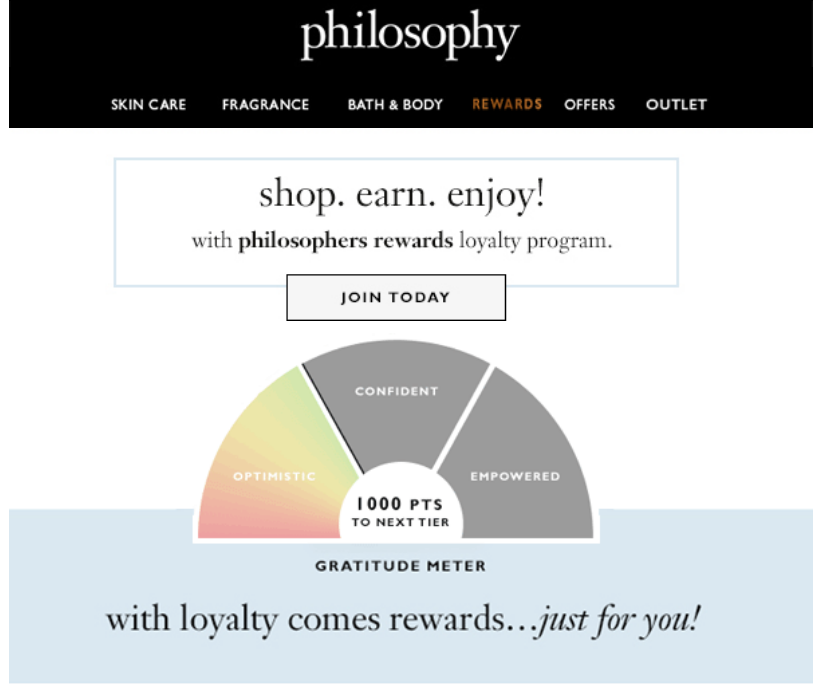
Create different content for each stage of the funnel
Take your segmentation process one step further by focusing on specific messaging for each stage of the customer journey. Use the marketing funnel as a framework for targeting prospects with the right message at the optimal time.
Awareness
During the awareness stage, your target audience experiences challenges and searches for a way to solve them. Your goal here is to gain the customer’s trust and attention.
The best types of content for the awareness stage include blog posts, webinars, and how-to videos. SEO analysis tool Ahrefs does an excellent job at optimizing the top of its funnel with how-to videos:
Their Youtube channel is full of content that showcases their SEO know-how. It helps Ahrefs keep their product on top of mind for the customer.
Consideration
At this point in the buyer’s journey, the customer has identified their problem. But they aren’t ready to buy a solution.
The best content types for the consideration stage are case studies, webinars, and white papers. Since you’ve already gained the customer’s attention, you can now get far more in depth with your messaging.
In the case study below, Zendesk tells the story of how their customer Wavy was able to maximize its sales and support efforts thanks to its platform:
The case study discusses Wavy’s issues with one of Zendesk’s competitors, Salesforce. It then explains how Wavy’s productivity and results dramatically increased with Zendesk.
It shows the prospect what potential results they could get with Zendesk as well. These include a better conversion rate and higher customer satisfaction.
Decision
During the decision stage, customers are ready to purchase the product that’s the best fit. The best types of content for this stage are product comparisons and free trial offers.
Project management tool Asana provides a product comparison against their competitor Trello:
Notice how they frame their comparison with “Asana grows with your needs.” It goes beyond arbitrarily listing features; rather, each element is personalized toward those with a “growing team.”
3. Principle of coherence
Research from Lucidpress shows that brand consistency can increase a company’s revenue by 33%. Your brand messaging must be cohesive and recognizable to promote consistency.
It’s why you’ll need to create a set of brand guidelines for your team members. These guidelines represent the framework for your brand’s visual and written communication.
Here’s how to define your brand guidelines in five steps:
Logo usage
Your brand logo is the first thing customers will notice about your brand. Using your logo consistently across different communication channels makes it more recognizable.
Write exactly how to use your logo across your different types of communication channels, so it remains coherent. Just like Asana does below in their brand guidelines:
Asana has clear instructions on communicating their logo online. It includes information on the color they use to the amount of clear space.
They also include a list of “dont’s” for their logo, such as not using gradients.
Define your unique brand story
Your brand story describes your brand’s values and mission. It’s a narrative that informs your positioning and plays an important role in how you communicate with customers.
Here’s how web conferencing platform Zoom defines its mission:
Zoom’s mission influences the messaging it uses for communication channels and content. That includes their social media, press releases, and support documentation. It helps Zoom’s personality come across the same way on all its communication channels, which is critical for onboarding and retaining customers.
Identify your primary color
According to research by Reboot, a signature color can increase your brand recognition by 80%.
Choose the right color palette that matches your company’s mission. You can use color psychology to identify the perfect brand color:
For example, blue represents trust. It’s the reason why the insurance industry widely uses this color.
You can also use multiple primary colors like the project management tool ClickUp. They use the colors purple, navy blue, pink, and yellow to showcase their playful tone
Write down your brand tone of voice
Write down the tone your brand will adopt for each communication channel.
Slack writes that it strives to come across as a “friendly, intelligent co-worker.” It achieves this by being clear, concise, and human:
Choose your typography
Select the font types you want to use across all communication channels. Snapchat uses the Graphik font due to its welcoming nature:
Brand guidelines keep the tone and flow of your marketing communication consistent. It also makes your brand stand out from the crowd.
4. Principle of urgency
Urgency makes your audience stop what they’re doing and listen to your message.
Urgency is powerful because humans are more motivated to avoid pain than seek pleasure. No one wants to miss out on an amazing opportunity or life-changing information.
You can also apply urgency into your business communication to get the customer’s attention:
Showcase limited-time offers
Customers are more likely to purchase with a limited amount on a fantastic offer. It’s why running limited-time promotions on your product can be so effective.
For example, to celebrate its one-year anniversary, Peak Freelance sent out an email to its entire list with a 50% discount on its freelancing beginners’ course:
Peak Freelance highlighted that the discount coupon would expire on the 26th of November. They also included a countdown timer to add extra scarcity.
5. Principle of conciseness
Too much information distracts your audience from the main idea of your message.
Conciseness excludes unnecessary parts of the message, so communicate only what’s essential.
Implement the following tactic to make your marketing communication more concise:
Use short sentences and paragraphs
Your audience shouldn’t go through walls of text to understand your message.
According to Nielsen Norman Group research from both 1997 and 2022, people scan through text instead of reading them. Large blocks of text will bore your audience quickly.
Lead generation software tool OptinMonster creates concise content through each of its articles:
All of Optimonster’s blog posts follow the same format. They use short sentences, and their paragraphs rarely surpass more than three to four lines. It makes the content easy to read for their audience.
6. Principle of correctness
Your message should be accurate and error-free. Otherwise, you won’t create an excellent first impression on your audience.
On the other hand, incorrectness in your message can tarnish your company’s credibility. Sometimes, it can even cost you money.
Thankfully, there’s a simple way to make sure that your marketing copy stays error-free:
Check your copy for grammar and spelling errors with writing tools
To ensure your marketing content is correct, run your text through grammar-checking tools. A few include:
- Grammarly: Grammarly can scan text of up to 100,000 characters for grammar issues. Once you copy and paste your text, the tool automatically analyzes it for clarity and correctness. It also comes with a plagiarism checker as a bonus.
- LanguageTool: LanguageTool allows you to verify the grammar of text in multiple languages. They use linguistic professionals to create the best proofreading tool possible.
Make sure to run every page on your website through the software. That includes your homepage, about page, and blog articles.
Proper grammar and spelling in your content reflect positively on your business. It’s an indicator of competence and professionalism that your audience will appreciate.
7. Principle of courteousness
Courteousness involves showing respect to the recipient during communication. It’s being able to understand another person’s point of view and putting yourself in their shoes.
That way, you can reach a mutual understanding.
Research by Salesforce shows 76% of B2B buyers expect businesses to know their unique needs.
If you don’t listen to your customers, you can’t identify ways to improve their experience. Use these strategies to collect feedback and better understand your audience:
Message testing
Implement message testing to more accurately measure feedback on your communication strategies. Wynter’s B2B Message Layers framework provides a blueprint for making your messaging more effective to convert more customers:
- Clarity. I get it.
- Relevance. It’s for me, helps with my specific challenges.
- Value. I want the promises.
- Differentiation. I get how this is different.
Measure feedback on a scale of 1 (unclear) to 5 (clear) for each category.
This way, you’ll have a measurable system that makes it easier to fix communication issues and increase resonance and revenue.
Run customer surveys
Good survey answers are born from good survey questions. It involves questions that focus on the user’s needs at different product stages.
For example, during user onboarding, Hubspot runs the following customer survey to manage the customer’s feedback:
Notice how the body copy of their email is courteous and respectful. Hubspot emphasizes the importance of the customer’s honest thoughts about their onboarding experience.
This opens the door to positive and negative feedback—both are necessary to improve. Reach out to customers as human beings, not just prospects.
Here are a few tools you can use to design the best customer surveys:
- Typeform. Typeform helps you create forms that your customer can answer one question at a time. You get access to different custom layouts to make your survey look more branded.
- SurveyMonkey. SurveyMonkey gives you access to more than 250 templates to set up your form. The templates include customer satisfaction surveys, market research, and website feedback.
Conduct customer interviews
Customer interviews are a two-way communication process where you can ask questions in a face-to-face style.
Here’s what you can do to get the most out of your customer interviews:
- Prepare your list of questions: Create a list of questions that focus on the customer’s pain points and needs.
- Be open to negative feedback: Negative feedback is sometimes necessary to improve your brand experience. Keep an open mind during the interview and don’t get defensive.
- Record the entire customer interview session: Make sure you record each of your customer interviews. Proceed to review them with your team to identify any patterns among customers.
Listening to your customers’ needs and expectations doesn’t just benefit them. It can also help you uncover blind spots in your business that you can improve.
For example, you may realize that customers don’t like your newly released feature. Or that your homepage design is too clunky.
8. Principle of completeness
Comprehensiveness ensures your audience has what they need to take action.
If they still have any doubts or unanswered questions, you could lose a potential sale. It’s why you need an FAQs page:
Include an FAQs page on your website
An FAQS page includes information such as your product’s functionality, troubleshooting, and available integrations.
Customers can instantly get all the information they need, which reduces fear, uncertainty, and doubt (FUD) during the decision-making and purchase process.
For example, Zendesk has an FAQs section for customers on its pricing page below its membership plans. It answers common questions customers have, such as the software’s capabilities:
Supporting the customer at each stage is vital to maximize conversions. Three out of five customers believe good customer support is essential for brand loyalty.
It’s why Zendesk includes a link to their service team for any more questions below the FAQs section.
Conclusion
Mastering these elements of communication with your customers takes time. But it’s necessary to build a loyal customer base and grow your company.
The key is to focus on specific aspects of the communication process. Look at your existing marketing content and find ways to improve it. That could be making the copy more concise or grammatically correct.
Next, start talking to your customers. Listen to their needs and identify what you need to improve about your brand.
Learn and master the skills you need to craft a strong brand strategy in our Brand Marketing Minidegree.
